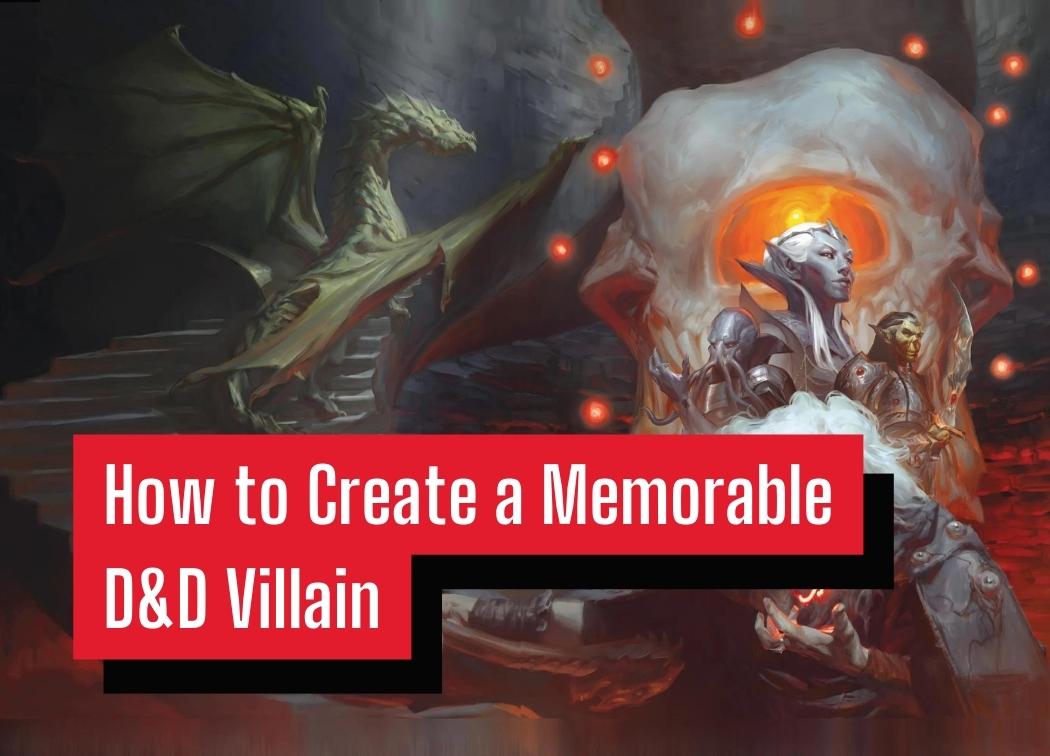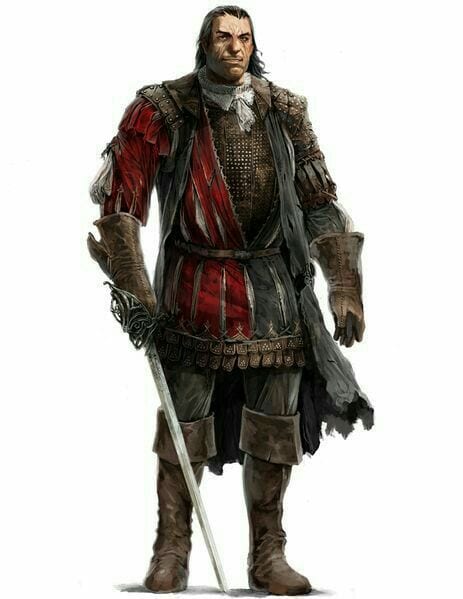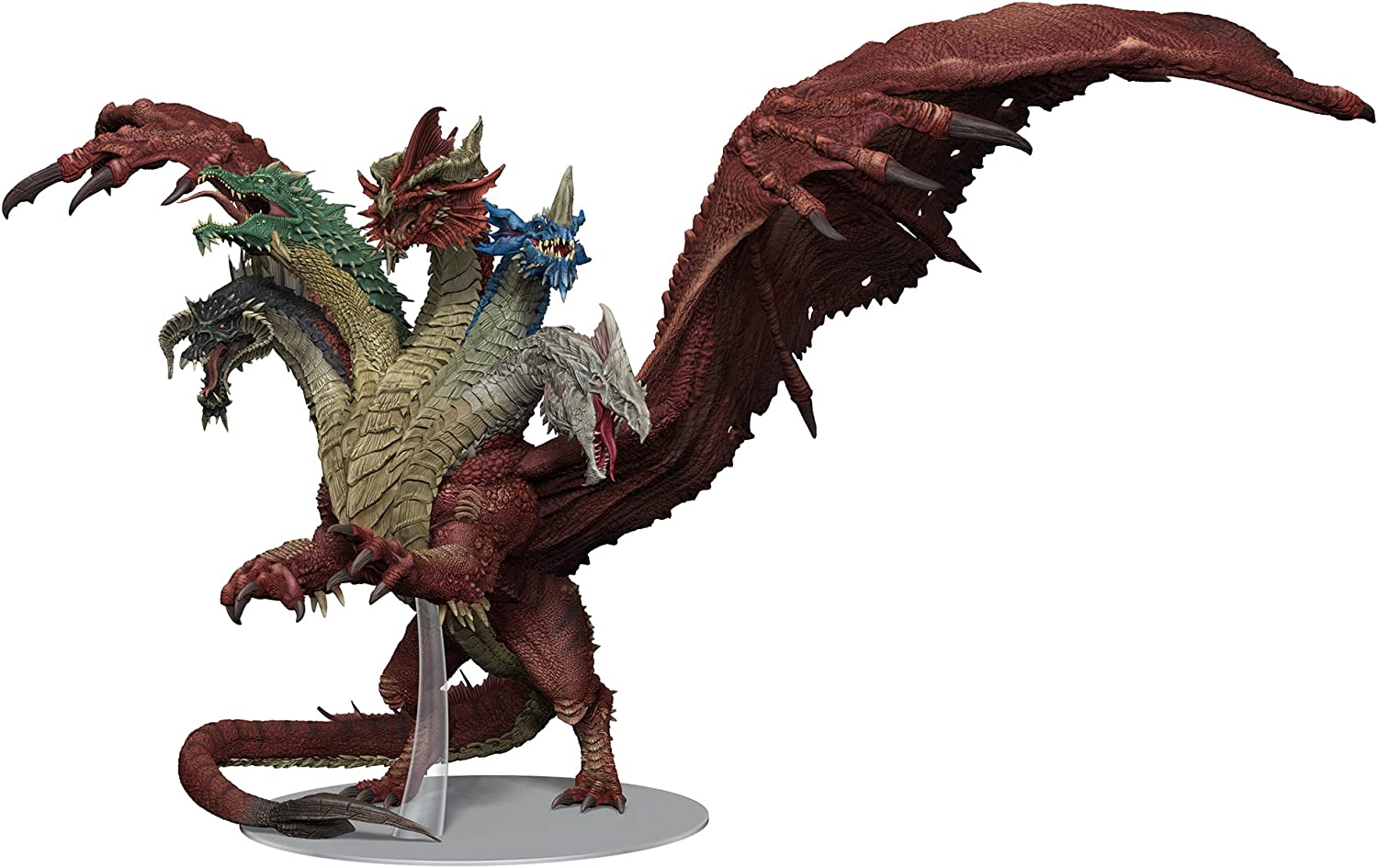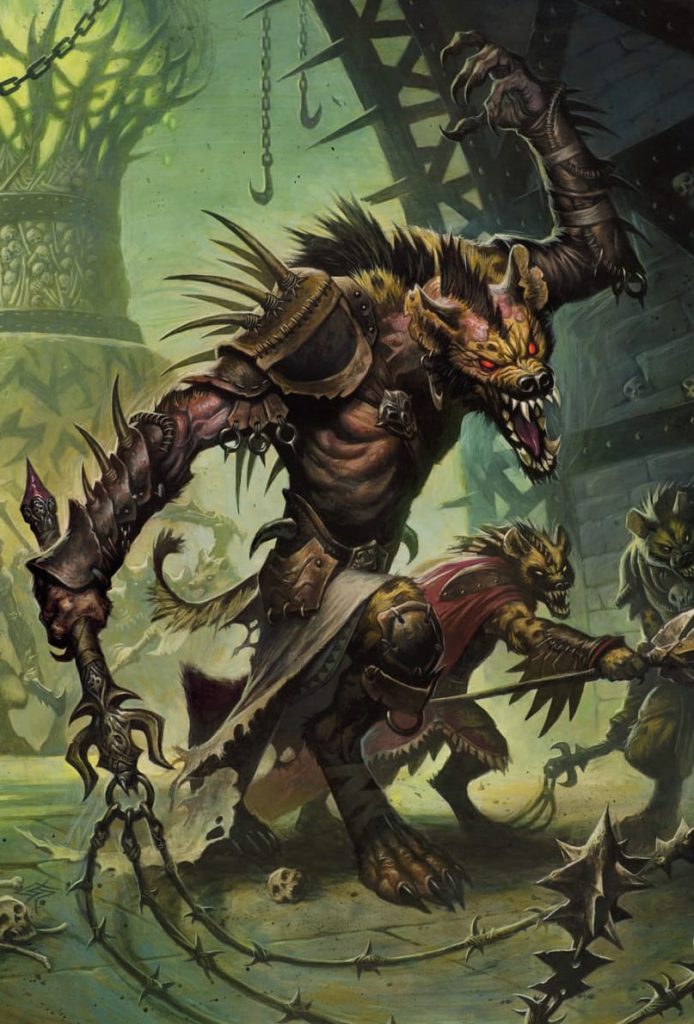How to Create a Memorable D&D Villain

I’ve mentioned more than a few times now that I have been DMing a campaign that has met weekly for over a year and a half now. It’s been a great experience and is by far my best campaign yet. There are many factors that I can attribute to the success of the game, but the largest factor by far has been my villains. My players bring up villains they have defeated regularly in and out of the game. They even bring up the criminal organizations they are up against in-game when we aren’t even playing D&D.
I’ve spent a ton of time crafting the major villains they face throughout their adventures, and as you can tell from my gloating, it’s paid off. This is because I believe that having a great villain is just as, if not more important than interesting heroes in a story. While this post is going to focus primarily on creating interesting D&D villains I’m sure most of my advice will be usable for other systems as well.
If you’re looking to create a boss fight or combat encounter for a villain I’ve written a different post about that. This post is all about writing and role-playing an interesting and compelling D&D villain.
Why are they a villain?
Before you do anything, you need to establish why your villain is doing it is that the party is hell-bent on stopping. Are they summoning legions of undead? Are they a corrupt mayor stealing from the town? What it is doesn’t matter so much as why they are doing it does. Your players need a reason to see the villain as an actual threat.

Goals
The “why” can be easily explained if you have goals in mind for the villain you are creating. Their goals can be as simple as wanting more power, money, status, or fame. Choose a couple of broad reasons first and then begin to specify what exactly this villain is looking to accomplish in their exploits.
Not every villain has to be trying to destroy the world. Think of goals that will fit the purpose of the villain you have in mind. Each villain should contribute to the overarching story of the campaign in one way or another. The group of bandits that have taken over the town could be just as interesting as your party’s archenemy.
Why do they have these goals?
Now that you have some goals in mind, ask yourself “why” again. What was in their past that caused them to make these goals? A source of conflict for your villain makes them a lot more believable. Believable villains will be taken much more seriously than cartoonishly evil ones.
For example, let’s take the cliché of a powerful wizard that wants to possess a magical artifact that will grant them immense power. It’s a cliché, but it’s a fun villain for a campaign. However, if we give that wizard some backstory things get a bit more interesting!
The wizard’s is another powerful wizard’s long-lost apprentice. They seek the power of the ancient artifact to help them overthrow their master who they believe has wronged them. While it’s still a cliché, we now have a reason in mind for when we create our villain.

Create a Unique Character
If you want your villain to be memorable, they’re going to have to be unique. Your players will face hundreds upon hundreds of “bad guys” in a big campaign. The vast majority of these enemies will not be memorable to them. This villain though? They’re not just an enemy. They have goals, but they also have actual character traits. These traits and ideas should create a more three-dimensional villain which will certainly make a mark on your campaign.
Relatable
The best D&D villains are always the ones that you can relate to in one way or another. Having a reason for the players and/or characters to understand why this villain is the way they are forces them to think a bit more about the character. This leaves an impression upon them. Maybe the villain is a product of their environment. Perhaps the villain was in a situation that others can relate to.
The wizard’s apprentice I brought up earlier? Well, they were by far the pupil that put the most effort into their studies. The wizard, however, picked favorites. Often ignoring this apprentice and shooing them away to do the dirty work. This is relatable in one way or another. Everyone has been in a situation where an authority figure has a clear favorite. The players can empathize with the villain’s background.
Interesting Dialogue
One-liners are fun. Well-done and well-deserved monologues are always appreciated. These should not be the only dialogue your big villain has in a campaign. The party should meet them multiple times. Each time they get a bit more familiar with the villain and their goals. Some of the best villains I have made have had full conversations with the party before they were even revealed to truly be the villain.
Every encounter should not be a corny “you’re too weak to face me, heroes!” or an angsty “pathetic mortals”. If this is a villain you want your players to remember, respect, and fear, don’t do that at all. If the party is too weak to face them their villain’s actions should dictate that, not their words. Talk is cheap, our evil wizard throwing a fireball at a nearby building at least shows the party they’re out of their league.
Get into character, come up with a unique voice if you want! I like to choose music to accompany major NPCs. Whatever it is that you want to do, make the villain a character that you play, not some dialogue you read off a piece of paper. It should be organic, that will make it more believable.
Character Traits
Just like any player character in D&D, your villain should have some bonds, flaws, and other interesting traits. These give them a rough personality for you to dive into when they interact with the party. They also give the villain more of a reason for acting the way they do or more insight as to why they have these goals.
Flaws and quirks are by far my favorite character traits as having an imperfect villain or character will always make them more relatable to the players and characters. These flaws and quirks can also be weaknesses that the party learns to exploit making for more interesting encounters.
My party’s favorite villain in this campaign has been Pastor Pete. This was a mid-ranking member of an evil organization that was undercover as the head priest of a temple in a small city. He originally joined the organization because he was an absolute coward. Regardless, the townspeople loved his sermons.
Pete was happily and quietly converting the townsfolk into members of this organization. The party regularly exploited this fear once they found out about it. They ended up fueling the fire so to speak as he quickly entrenched himself in the organization deeper than before due to this fear. This flaw made him memorable to the party.
Underlings

Most great villains won’t complete their goals on their own. They need a network of underlings and minions that help them do their dirty work. Or, perhaps they belong to an organization that is lending them this network. That’s a nice plot hook right there, the villain is an underling!
Either way, your villain should not be the only threat to the party. They should have eyes and ears to the ground giving them information and making the party’s job of stopping the villain much more difficult. Your villain should plan and adjust their decisions based on what the party is presently doing.
The underlings act as a constant reminder to the party that the villain is always watching them and waiting for just the right moment to strike. This also helps to play up the villain’s importance in the overall campaign. The more NPCs and enemies that are tied to this villain, the more of a big deal they are from the perspective of the party.
These underlings should also help to generate the story of the villain. They may not be as loyal as your villain believes they are. The underlings may give away secrets that the villain has entrusted them with, or some knowledge about the villain. The players may not have been aware of the villain’s existence until they slew a few goblins in a cave that just so happened to have a secret message in their belongings.
Another thing that underlings are great for is making the action economy of an encounter between the party and the villain evener.
Creating Build-Up
If you intend for this villain to be an important villain in your campaign you’re not going to want to throw everything that you’ve got at the party the first time they encounter the villain. They may not encounter your villain for a long time in the campaign. I love sprinkling hints, secrets, and rumors throughout my campaign that point to the powerful and frightening adversaries that the party will eventually encounter.
By slowly feeding this information to the party you will constantly build up the expectations for the eventual encounter. The players will look forward to it, and you will do your best to deliver. Here are a few of my favorite methods of creating build-up for my villains.
The Low and Slow Method
This method is just like making a good soup. You want to keep the heat low and continuously feed little bits of information to the party over time. This information can be transferred by the underlings, messages, and clues littered throughout your party’s journey. My favorite way to do this is through rumors and secret messages.
Rumors are great for generating information in general in D&D. The party will typically want to learn more about the town or city they are in and the best way to learn is to talk to the people. Have some rumors prepared that may allude to the villain’s exploits in the area. This helps both with world-building and creating build-up for the next encounter the party has with the villain.

My party loves puzzles and games, so I have begun to leave secret messages on some of the bodies of the cultists that belong to the evil organization. The catch is that each of these messages is a cryptogram so it will take the players a bit of time to decode it. Giving your players a unique activity to associate with the villain will help them realize that this particular character is very important to the story in one way or another.
The Predator Method
Some villains prefer to wait in the shadows for the right moment to pounce on their unsuspecting prey. The prey, in this case, is the party, and your villain has taken notice of them for one reason or another. Leave clues for the party to potentially uncover that they are being followed.
This method does require that the party would have a reason to both know and fear the villain once they realize they are being hunted. This can be done either through directly confronting the villain at some point or through tall tales and rumors.
Your villain may also use their underlings to track and follow the party about. This helps to open up this method to characters that may not be so stealthy, but they have the coin to purchase henchmen that are.
The Smoke in Mirrors Method
Your villain is very clever. They’ve been shifting the party’s attention to some innocent (or not so innocent) character the entire time. The point is, the party has gone after the wrong person until the villain found it pertinent that they show themselves to the party. This creates a sense of distrust and skepticism in the players, they may be less likely to trust potential allies in the future. For the villain, this is a huge bonus in their plans.
The actual villain could even be an ally that the party has grown close with. They have simply been biding their time, learning more about the party, and preparing to betray them at their best opportunity. Be careful about using betrayal as a means of exposing your villain as it can be easily unintentionally telegraphed before the reveal.
I would say that the Smoke in Mirrors Method is the hardest of the three to pull off, but it is certainly the boldest and most memorable.
Conclusions
Not everything about a villain can be planned. Much of what makes my villains unique and interesting to the party came upon the fly during role-playing. I simply outlined what I wanted the villain to accomplish, what their goals were, and some basic traits. After I played them a bit in-game I then began to craft them in more detail. Your villains will evolve because they are complex, just like a great PC.
Lastly, not all villains have to be evil necessarily. They simply have to intersect the party and create a major conflict that the party must resolve. Some villains may even be able to be redeemed by the party!
A great campaign is riddled with conflict, danger, and tension. These are all things that a great villain will bring to the table, but it takes time and a bit of creativity to craft a truly memorable villain in your D&D campaign. Use this post as a springboard for creating the villain that will terrorize your players for many years to come!
